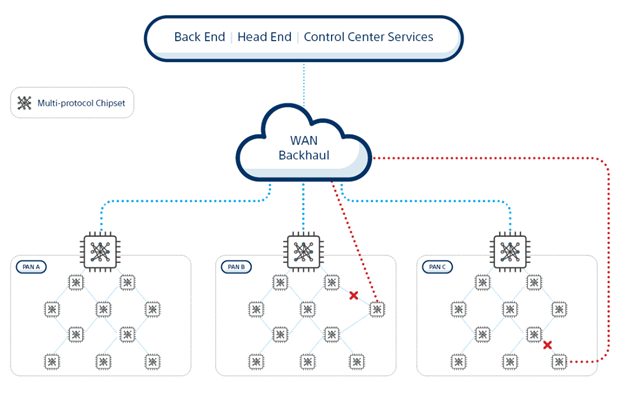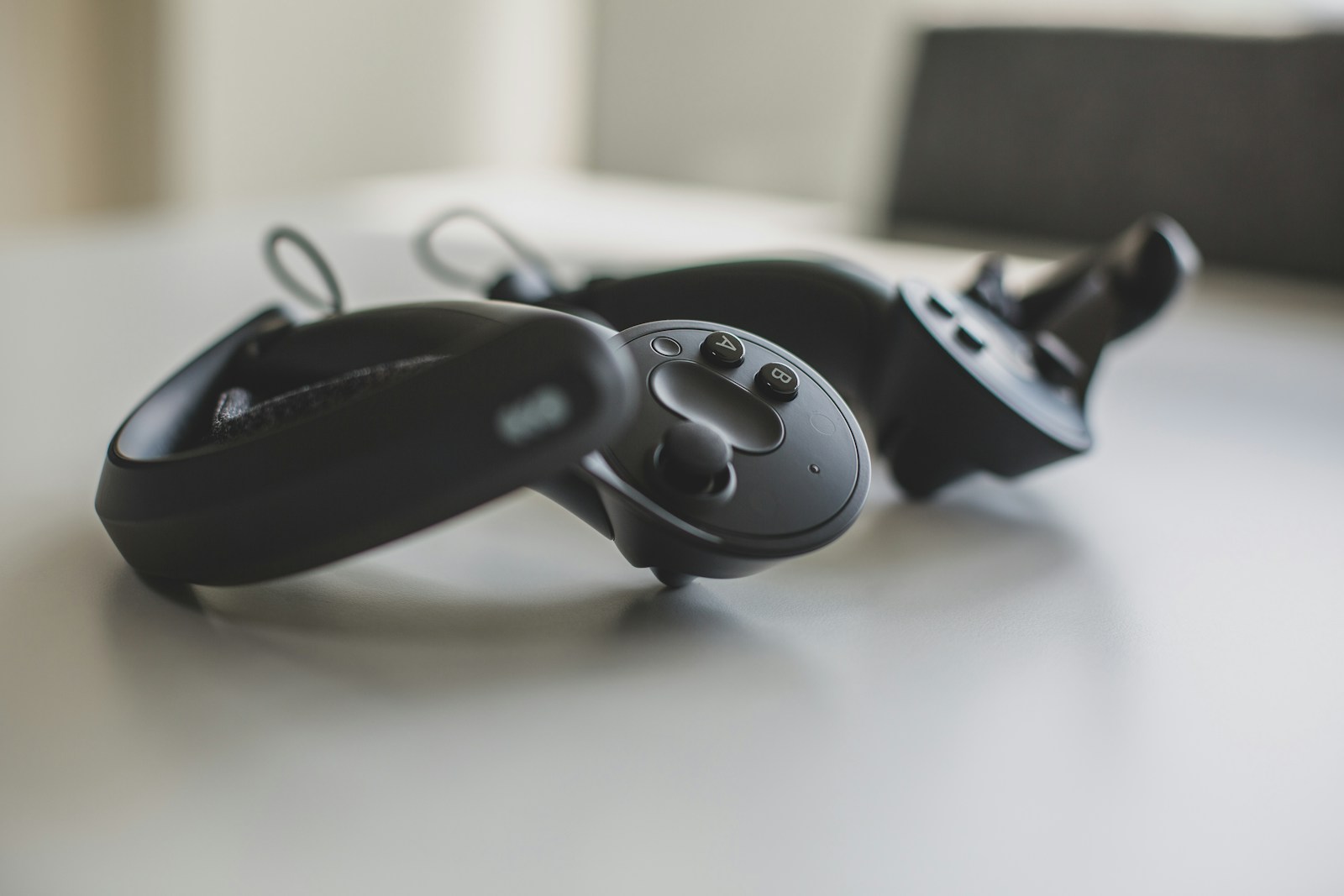By Dana Cohen Mizrahi, Product Marketing Manager at Sony Semiconductor Israel
With the rapid proliferation of connected devices, the concept of smart cities is becoming an ever-closer reality. These technologically advanced urban centers promise to enhance the quality of life for residents and optimize operational efficiency for city administrators through an intricate web of interconnected devices. From smart lighting and electric vehicle (EV) chargers to intelligent meters, these devices hold immense potential to revolutionize urban living.
Individually, these connected devices offer significant advantages to city administrators. They enable better resource allocation, save power, facilitate efficient maintenance scheduling, and provide valuable data insights on usage patterns, optimizing city services, and infrastructure. For instance, the implementation of smart parking spaces not only aids drivers in finding available spots but also yields broader benefits such as reducing fuel consumption, noise pollution, and the risk of traffic accidents.

Developing High-reliability Scalable Networks in Smart Cities
Smart meters, EV chargers, and smart lighting are just three of the many innovations appearing in smart cities around the world. Looking on communications technologies, in the big picture, we are seeing a growing trend toward the adoption of cellular LPWA (LTE-M & NB-IoT) connectivity, however, the connectivity technology market is still very fragmented.. We are seeing the adoption of multiple sub-GHz standard technologies, including Wi-SUN, Wm-BUS, LoRa, and other proprietary technologies developed by different companies.
These standalone technologies, like other technologies, might suffer from occasional communication failures or disruptions due to:
- Interference from other wireless devices or networks operating in the same frequency range. This interference can come from Wi-Fi networks, Bluetooth devices or even from within the same network using the same bands.
- Distance and signal strength: for outdoor and large-scale environments, communication at node might fail in too high distances or if the signal strength is not sufficient to overcome obstacles like buildings, trees, or natural terrain.
- Obstructions: physical obstacle like buildings, walls, or large metal objects can block or reflect signals, leading to communication failures.
- Network congestion: high network traffic or congestion can lead to delays in data transmission, affecting the connectivity and responsiveness of the network.
In order to achieve a highest-reliability scalable-network, cities should consider deploying devices that support multiple protocol connectivity, such as cellular LPWA alongside with any type of sub-GHz protocol that can move between networks, as needed.
This hybrid deployment approach will streamline smart city development. And such devices offer improved battery life, extended coverage, and reduced connectivity costs.
The combination of cellular LPWA and Sub-GHz also approach for scenarios that include fallback connectivity options (e.g., drive-by fallback option) or having every device operate as a low-cost gateway.
For example, picture a network area with a number of smart meters. If some of the meters are unable to communicate using the sub-GHz protocol due to reasons described above, the device would be able to automatically switch to cellular LPWA connectivity, and seamlessly function as a gateway.

For high scale devices, critical devices, and interoperable devices, multi-protocol connectivity is the right choice.
Improving Interoperability with AI
AI integration holds the key to enhancing interoperability within smart cities, enabling seamless communication among diverse connected devices. By implementing AI-driven data standardization and interpretation, cities can achieve efficient data exchange and gain valuable insights for optimized operations.
AI-enabled predictive maintenance ensures proactive device management, reducing disruptions and maintenance costs. Additionally, AI-powered traffic management and adaptive energy distribution streamline transportation and energy systems, promoting sustainability.
The integration of AI with existing IoT infrastructure paves the way for efficient, sustainable, and innovative smart cities, benefiting residents and urban landscapes alike.
Unlocking the Potential of Smart Cities
As smart cities continue to evolve, prioritizing interoperability and embracing mesh networks will be pivotal in unlocking the true potential of connected devices. By creating an ecosystem where devices can communicate harmoniously, city administrators can leverage real-time data insights to optimize urban infrastructure, improve resource management, and ultimately create smarter, more sustainable and livable cities for the benefit of all residents.
For more market insights, check out our latest Digital Twin news here.













